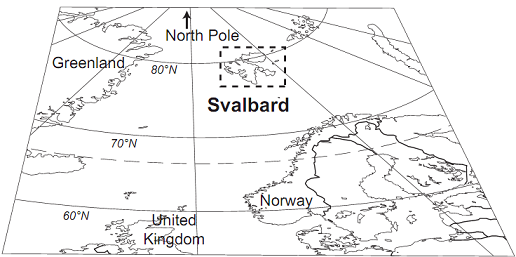The Svalbard ptarmigan (Lagopus mutus hyperboreus) is a small herbivorous bird that lives permanently on the island chain of Svalbard. Svalbard is located in the Arctic Circle, approximately 700 km north of Norway at latitude 77-81°N. The Svalbard ptarmigan is the only bird that lives here all year; all other birds migrate to other locations during the winter months. It feeds on leaves, buds and berries from trees and shrubs on the islands

Animals that live at this latitude are exposed to extreme conditions of weather and changes in photoperiod throughout the year. From mid-November to late January, the sun remains below the horizon, resulting in a continuous ‘polar night’. From mid-April until mid-August, the sun remains above the horizon, resulting in a continuous ‘polar day’.
Two research studies were carried out into the photoperiodic responses of the Svalbard ptarmigan. The results of these studies are presented over the page.
a) Comment on the extent to which the results support the following hypothesis:
That two independent biological clocks entrain food-searching activity.
(b) Comment on the extent to which the results support the following hypothesis:
That the control of food-searching activity is more strongly entrained by access to food than by light-dark cycles.
(c) Considering both studies, discuss the signi?cance of the responses shown by the ptarmigan to its survival in its natural habitat.